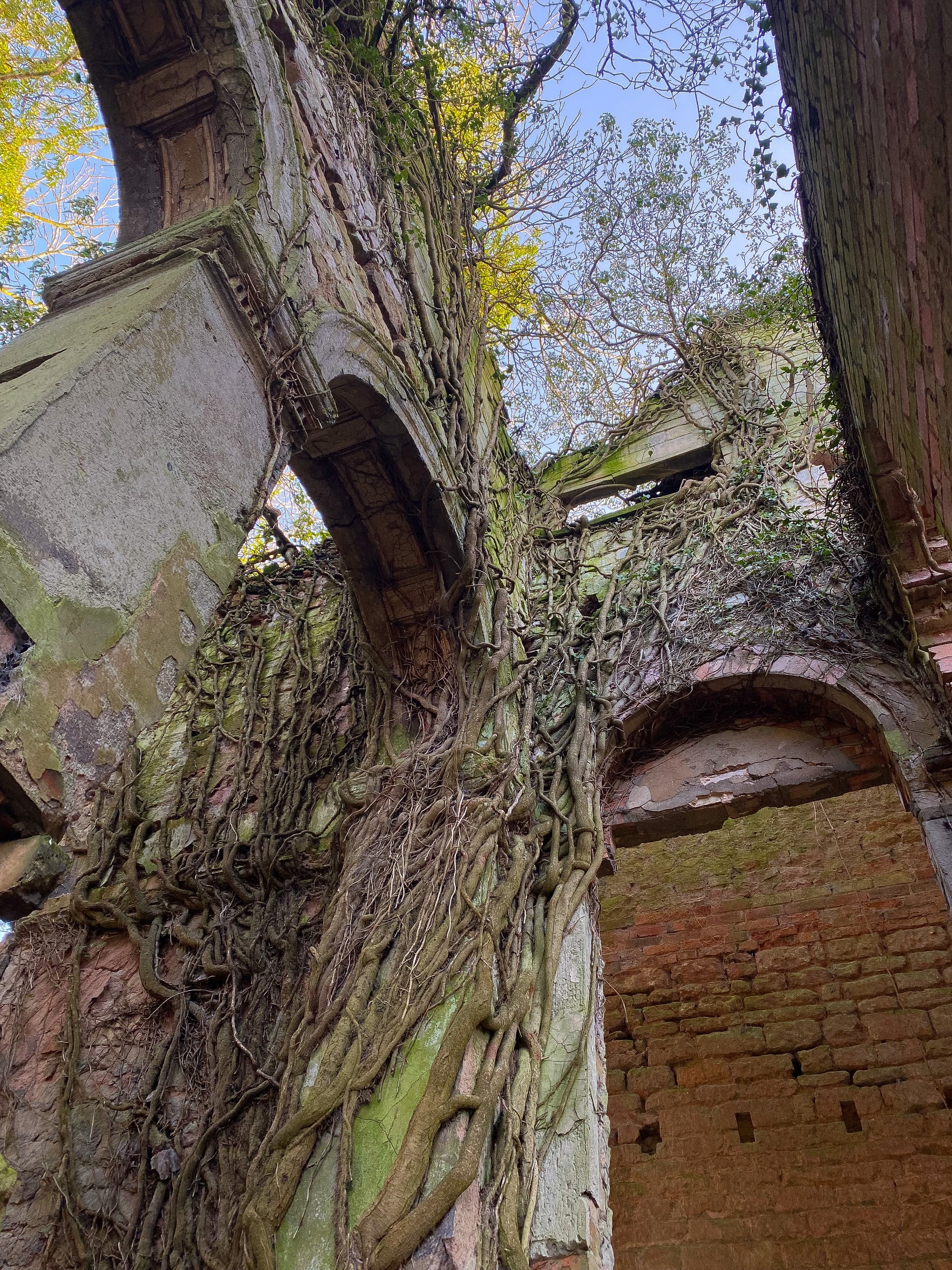Throughout the BA (Hons) Interior Design course at Sheffield Hallam University, Hannah discovered a passion for using design as a medium for storytelling. Looking back at her projects, it is evident that Hannah finds inspiration in personal experiences and connections with others, letting this inform the narrative that develops. The attention to detail holds a great importance in her practice and each idea has intention behind it.
This continued into her role as a workplace designer over a period of 3 years. The workplace saw a transformation throughout the pandemic and this emphasised the impact the interior can have on wellbeing and productivity, highlighting the importance of interior spaces. Wanting to expand her practice, Hannah applied to the Royal College of Art and the potential in what could be achieved here felt exciting. It was an opportunity to be surrounded by creatives from which to learn, analyse and challenge the interior environment.















